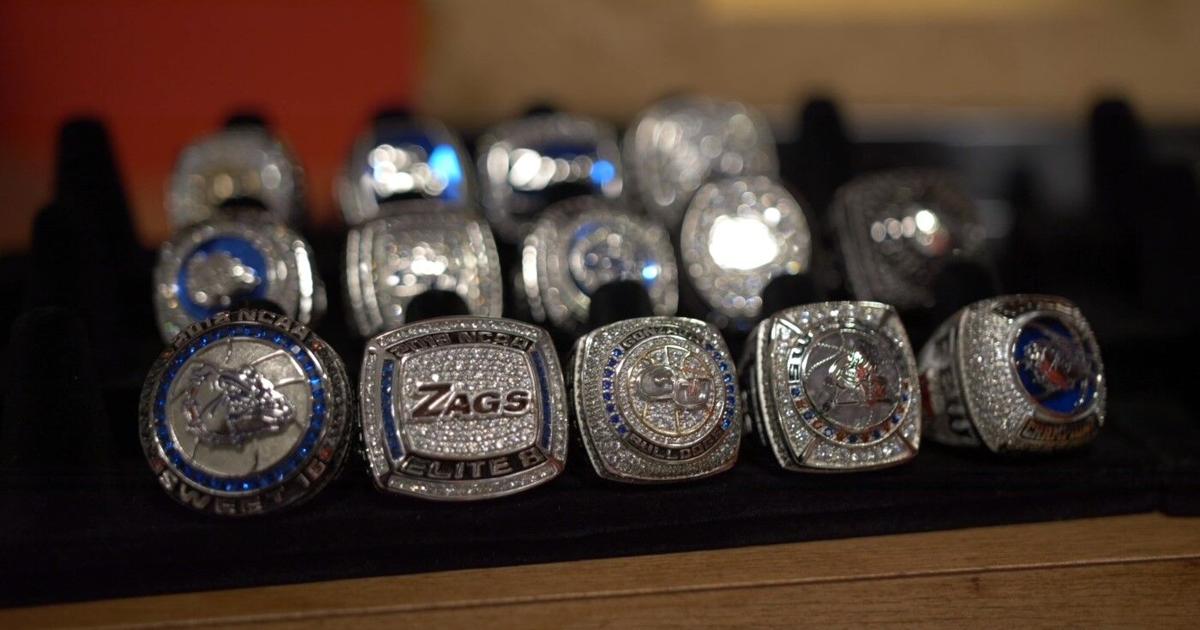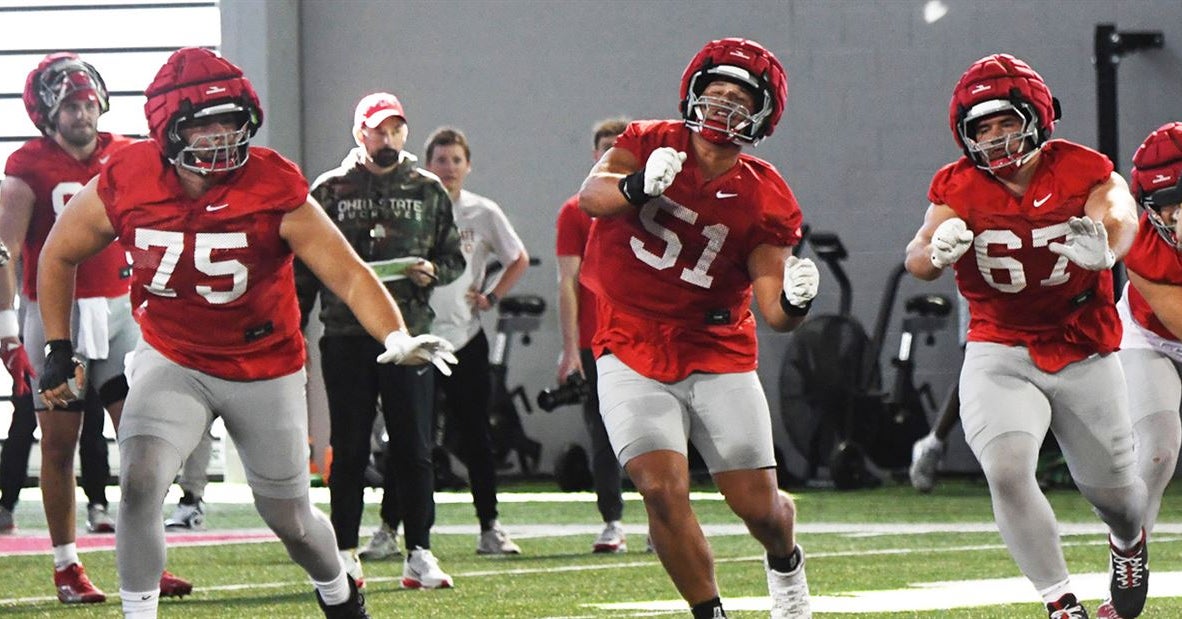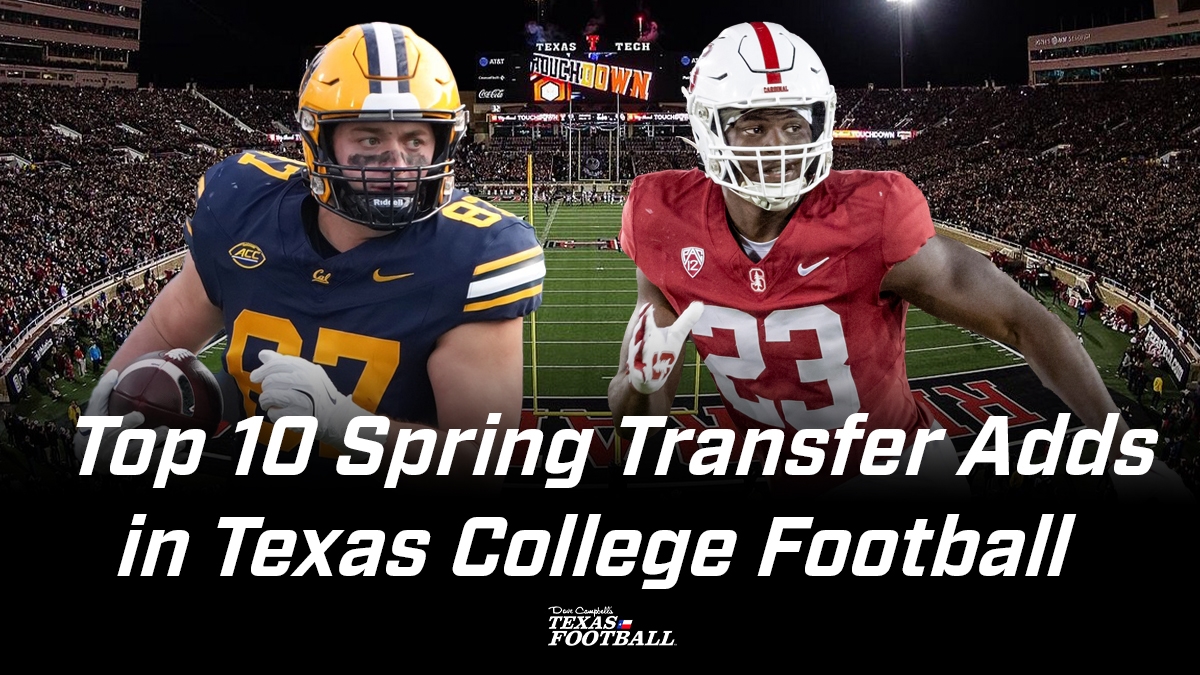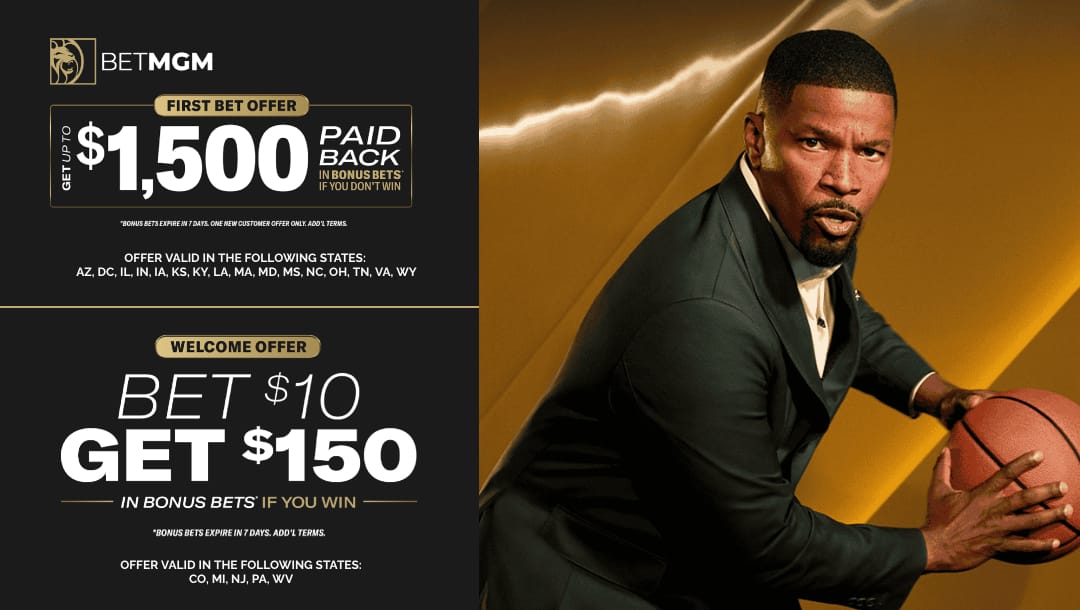Guardian caps are
soft-shell pads that are attached to the outside of helmets to decrease the impact of head contact and reduce the number of concussions football players suffer. Since their invention, over
500,000 football players across the country at every level have been using guardian caps, including the NFL, which mandated their use in practice for certain positions starting in the
2022-23 season in every practice from the beginning of training camp to the second preseason game, and allows players to
opt into wearing them during regular-season games.
While
not all studies attest to the efficacy of guardian caps, the league has reported a
52% reduction in concussions suffered by players in positions wearing guardian caps and boasts
12 years of on-the-field data supporting their continued use as a preventative measure against brain injuries. However, despite the
profundity of scientific evidence released in the past decade about the risks and consequences of getting CTE from football and the proven success of guardian caps in mitigating these risks, why do only
5-10 NFL players wear them during games in any given week? The answer is quite simple: Guardian caps
look atrocious, and NFL players want to
look good. If you asked the average NFL player why they don’t wear guardian caps,
they’ll give a similar answer. A player’s ‘swag’ is an integral part of their game; guardian caps detract from that.
While it may be easy to dismiss these concerns as superficial or shortsighted because guardian caps will
“take the swag points a few down”, the reality is more complicated. Looking at a player’s incentive structure through an economics-based lens reveals that these decisions are grounded in a complex and real incentive structure that all professional athletes face, and one that the NFL needs to recognize if it hopes to secure the safety of its players. One helpful way to illustrate this tradeoff between ‘swag’ and ‘safety’ is through an indifference curve.
Indifference curves are tools economists use to model the utility or satisfaction individuals derive from different combinations of two competing goods or factors. In this case, the factors are ‘swag’ and ‘safety.’ Players wear guardian caps only if their safety outweighs the cost of looking less stylish.
A player who prioritizes long-term health and injury prevention will have a curve that values safety. A player who deeply values looking good and building a personal brand may have an indifference curve that bends in the opposite direction to heavily favor swag, showing they are willing to sacrifice a lot of safety for a little more style.
For players that value safety, the combination of safety and swag from wearing guardian caps lies on or above the indifference curve for guardian cap wearers, and thus is an optimal decision for them to make. For players like
Kylen Gransen, even a bulky or awkward-looking guardian cap is worth it if it reduces the risk of concussions,
because “no amount of aesthetic” could outweigh “what a TBI (traumatic brain injury) could do to [you].” While endorsements and brand deals might help players provide for their children and families in the future, it may come at the cost of remembering their children and families’ names.
Most NFL players, however, do not wear guardian caps. Many choose not to for the same reasons they might wear one shooter sleeve instead of two, let their back plates hang out, roll knee pads up to their quads, or turn pregame and postgame entrances into their own
runway fashion shows.To quote NFL Hall-of-Famer Deion Sanders: “You look good you feel good, you feel good you play good, you play good they pay good, they pay good you live good…” Prime Time’s famous mantra captures the psychology of many NFL players in a single sentence.
In a league where contracts are short, careers are shorter, and public image can be just as important as performance, how you look on the field matters. NFL players are not just athletes–they’re brands. Their uniforms, cleats, visitors, and even celebrations are carefully curated parts of their identity that are scrutinized by millions of people every Sunday. A sharp or iconic look can lead to endorsement deals, jersey sales, and sponsorships. A bad look, however, can cost you recognition. NFL players are highly visible public figures, and their appearance is a critical aspect of how they market themselves.
NFL players face opportunity costs, and in this case, they face a very consequential trade-off: Do you protect your name or your brand? Given that there appear to be somewhat mixed opinions on the effectiveness of guardian caps, NFL players are presented with the choice of either looking like a
bobblehead wrapped in bubble wrap on Sundays in exchange for, at best, marginal safety benefits, or accepting the higher risks of having a permanent, debilitating neurological condition without damaging their brand.
While some players have overtly stated that, despite the added protections,
“the fashion part” is the only reason they will not wear them, others feel that they won’t derive enough utility from the added protection. Some hitters, like
Jabrill Peppers, value the added protection. Others, like Michael Wilson and Marvin Harrison, don’t see the need due to
limited contact at their positions or a
lack of concussion history. Kyler Murray suggested a
“manly” stigma influence because other players may look down on those who wear them, implying that some players might perceive wearing them as a sign of weakness or fear of judgment from peers.
Given the state of the NFL’s current helmet technology, many players feel like they must choose: Wear safe, ugly gear like guardian caps, or stick with traditional helmets and have more autonomy in their image. While the NFL can solve this problem by simply mandating guardian caps for both games and practices, that may only create further backlash from players who see it as infringing on their autonomy or damaging their brand. Instead, the NFL should prioritize innovation and developing newer, more advanced helmets with better protection. One helpful way to look at this is through the NFL’s helmet technology Production Possibilities Frontier (PPF).

In their current state, guardian caps grant players a higher level of safety than current helmet technology alone does (as demonstrated by the combination of swag and safety offered by a guardian cap being at a point above the current PPF). However, for players who prioritize swag, there is no intersection between the guardian cap tradeoff line and their indifference curve, meaning that these players would never opt to wear a guardian cap even with the safety benefits.
The NFL, however, does not need to view this frontier as fixed. The NFL can continue what it has already been doing, which is introducing newer,
more advanced helmets tailored to specific positions. VICIS’s new lab-tested and highly rated
position-specific helmets, for example, offer greater protection against head injuries than other brands, making them a popular alternative. The NFL has also given players the option to wear guardian caps or
new, innovative helmets. Pro Bowl safety Budda Baker, for example,
switched helmets to avoid wearing the guardian cap in practice.
This should be the NFL’s path forward. This means investing in new helmet research, continuing to partner with forward-looking equipment manufacturers, and perhaps even allowing players to have a say in customizing their helmets. In so doing, the NFL can ‘push’ its PPF curve outward, offering helmets that look good and provide better protection.
The science is clear: concussions are dangerous, repeated head trauma even more so, and safer equipment reduces risk. The economics are also clear: adoption will remain limited unless safety gear complements player identity. Bridging that gap is the league’s responsibility.
The NFL has helped
many players achieve the American dream. But that dream shouldn’t come at the cost of cognitive decline. If the NFL can shift the culture by recognizing the trade-offs its players face and expand the frontier between swag and safety, it can ensure longer careers, healthier retirees, and a safer, more appealing game.




































































 (via @zackystrong.pt/TT)
(via @zackystrong.pt/TT)